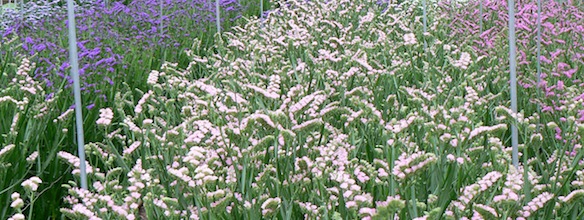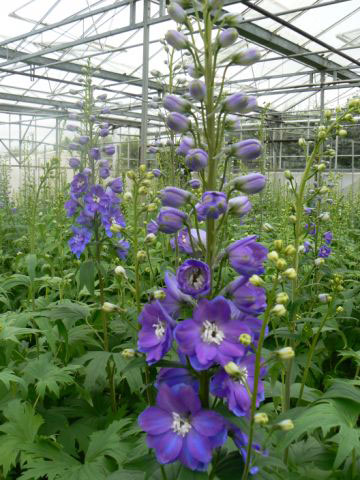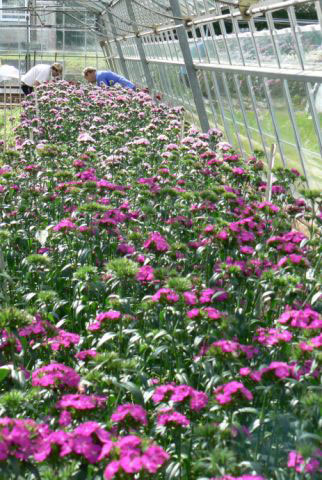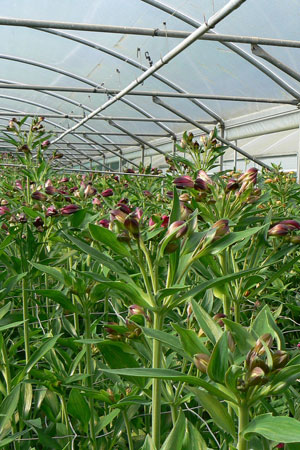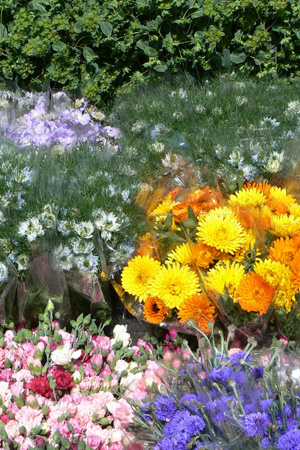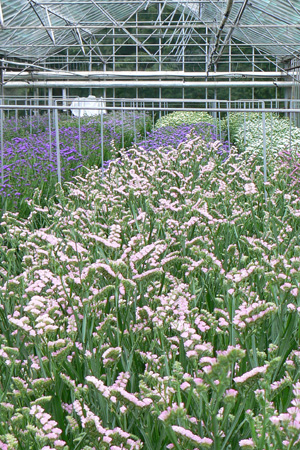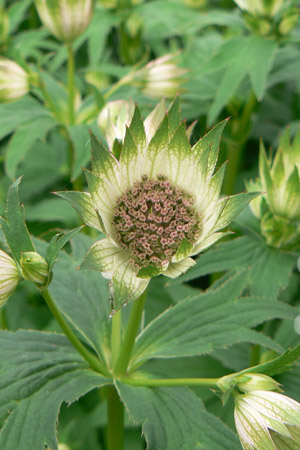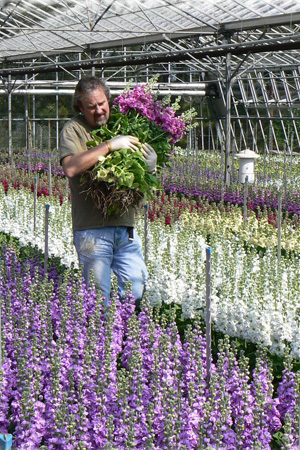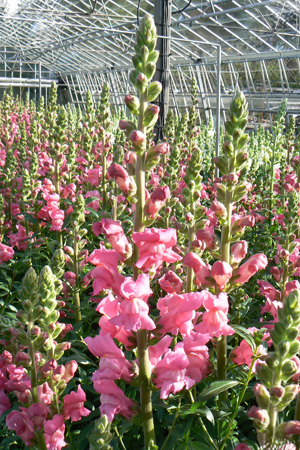The Fall and Rise of the British flower industry?
There is a generation of florists in the Uk who have grown up believing that the flower world begins and ends in Holland. But this hasn’t always been the case.
My name is Paul, I’m 41 and fifth generation flower grower. I remember as a young boy going out on our flower vans with my dad, we called at every single shop and they all bought from us, not just us though, there were 4 or 5 local wholesalers and we all had a fair share of the market. Some like us were growers as well as wholesalers with all of us growing various different crops such as Carnations and Spray Carnations, Chrysanthemums & Freesias. It was a different world back then; at least 80% of the flowers we sold if not more were produced here in Great Britain. In the 1970’s there were more than 120 Chrysanthemum growers alone producing some 60 million stems a year, the British flower trade was blooming. Less than 40 years on and there are now only 3 professional Chrysanthemum growers and no Carnation & Spray Carnation growers at all. In fact just 10% of the £2.25 billion spent by the Great British public on flowers is produced here in the UK today.
So what happened?
The death of the British growers can be linked to the rise of the Dutch flower trade. As early as the 1950’s the Dutch Government identified their culture of smallholding farming was failing so they embarked on a programme of purchasing farms that were economically unviable then over time selling or leasing them back to more successful farmers. This was followed by a series of subsidies on things like energy that enabled Dutch flower growers to expand and produce cheap flowers as well as invest in technology and research. By the Eighties the Dutch flower trade was booming and the UK saw the arrival of the ‘Flying Dutchman’ and cheap imported flowers on a major scale. British florists welcomed them with open arms eager for something new as well as cheaper prices and local growers and wholesalers began to disappear in increasing numbers.
By the 90’s we saw the emergence of the major Supermarkets on a national scale. They were moving into selling everything by now and wanted cheaper flowers. This was pretty much the final nail in the coffin for the British flower grower, with high energy costs, supermarket price pressure, cheap imports, apathy towards British flowers and no help from the government the once proud industry was all but wiped out. Now supermarket flower sales account for 70% of the £2.25 billion UK flower sales, the vast majority of which are imported.
With the money flooding into Holland in the Eighties and Nineties their industry continued to grow with some 9250 flower nurseries producing 8 billion blooms and 1900 flower exporters selling them at its peak.
The modern Auction system whose sale clock system was founded by a cauliflower grower in the 1870’s was the envy of the world with the largest of the 3 in Aalsmeer, owned by a cooperative of 5000 growers, covering an area the size of 100 football pitches home to over 2000 flower buyers.
The dominance of Holland continued into the Nauties but by now the government subsidies were being phased out. Growers were being hit with rising production costs and today flower production in Holland is beginning to struggle. Costs of labor, energy, land and greenhouse construction are high, government regulation is relatively strong, and the impact of the economic crisis in Europe is also being felt by the Dutch growers. Whilst outdoor production is increasing glasshouse production is falling at a substantial rate. The result of this is high prices on the Auctions, I’ve never seen prices as high as they are this Valentines with red AYR chrysanthemums going for over a £1 a stem but due to the dominance of Holland over the last 30 years there is little or no alternative option. As a wholesaler we can cut out the auctions by importing some flowers direct from Israel, Ecuador & Colombia but everything is linked to Holland now. Today a grower in Israel knows the value of the product he grows in Holland and demands a fair price based on this.
So what can we do about it?
Unfortunately it’s likely we will never see production of flowers here like we used to have years ago. With most of the major UK flower producers long put out of business it would take millions of pounds to build a modern nursery capable of competing with the Dutch growers from scratch. With the same economic problems here as in Holland it would never be commercially viable. Quite simply a combination of florists and Supermarkets becoming dependant on Holland has created a situation where Holland has a monopoly and high prices will become the norm.
But there’s no reason why we shouldn’t try and do everything in our power to get back what we can! In January of this year a small group of like minded people from all walks of the flower trade in the far South West of England got together at the first ‘South West Cut Flower Growers’ meeting with the aim of getting flower growing in Great Britain back on track. With further meetings planned across the country and a campaign on Twitter to raise awareness the fight back has started.
If you are reading this you can do your part. As a consumer use your local florist, ask them for local flowers rather than imported flowers. As a florist use your local suppliers and ask them for local flowers. And on our part, well we’re looking at how we can grow more and market it better.
Together we might not be able to take on Holland but we can certainly put the Great back into Great Britain!
You can support the campaign on Twitter using #britishflowers in your tweets and joining in British Flower hour at 8pm every Monday night to talk about the industry.
You can also follow the leaders on Twitter by following;
@clowanceflowers
@TheFlowerFarmer
@FlowersfromtheP
@thepatientmole & @cutflowergrower
And us @UkFreshFlowers

